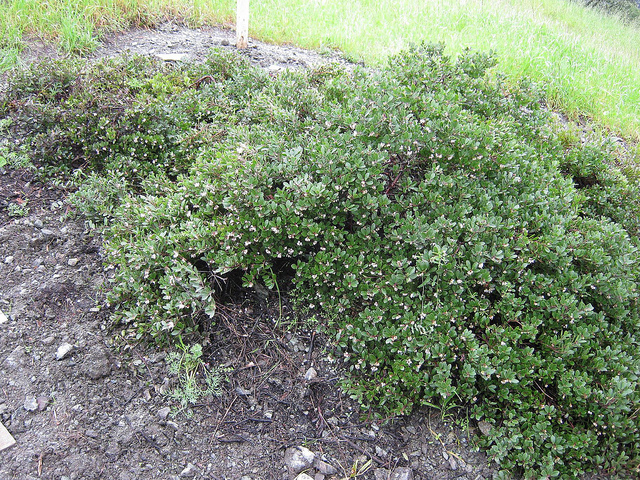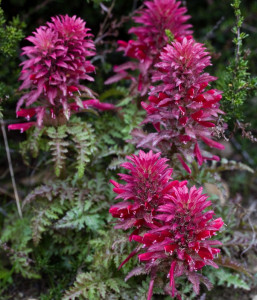The U.S. Fish & Wildlife Service has declared 230 acres of San Francisco critical habitat for the Franciscan manzanita (Arctostaphylos franciscana), the oft-discussed rare shrub famous for its dramatic rediscovery and the relocation of a sole survivor in 2009.
The rule published Friday requires that federal development projects within the habitat area go through an environmental review. The rule doesn’t affect private landowners — unless, of course, they decide to take up a federal development project in their backyard. The designation covers parts of McLaren Park, Bayview Park, Diamond Heights, Mount Davidson, Twin Peaks, Corona Heights, Inspiration Point, Immigrant Point and Fort Point.

In a testament to the Franciscan manzanita’s celebrity nature, the Fish and Wildlife Service received more than 4,900 comments on its initial proposal (although, the final rule notes, 4,450 of them were form letters). Among other commenters, the Golden Gate National Recreation Area and Presidio Trust asked to have some areas they manage excluded from the critical habitat over concerns that managing for Franciscan manzanita would negatively affect their ability to manage for other rare plants — concerns that, for the most part, the final rule dismissed.
Fish and Wildlife did remove all of Bernal Heights and the dog play area of Corona Heights from its designation, though, noting that the areas were popular for off-leash dog play, heavily used, highly degraded, and unlikely to work out as habitat for rare plants. The rule also notes that many of the form comments expressed concern that the critical habitat designation reflected a federal intrusion into San Francisco city parks decision-making, and wrote that since the rule only applies to federal projects — those funded, authorized, or led by a federal agency — “we do not expect the operations of city park lands to change due to critical habitat designation.”
Brent Plater, executive director at the Wild Equity Institute, said the habitat designation provides the necessary legal power to save the Franciscan manzanita, get it reproducing in the wild, and eventually get it removed from the endangered species list.
“Sometimes recovery efforts are very difficult because there’s no silver bullet to address the threats that species face,” Plater said. “That’s not going to be the case here. Because they have viable breeding stock, they’re already producing a lot of offspring in the nurseries here under scientific conditions. It’s just a matter of getting those plants out in the world and established.”
The publication of the rule in the Federal Register means the USFWS has fulfilled its obligations to the Franciscan manzanita under the Endangered Species Act, which requires a designation of critical habitat for all listed species.



-300x199.jpg)
